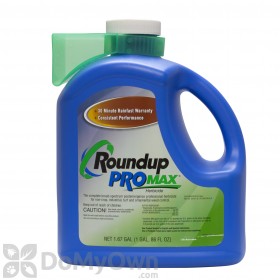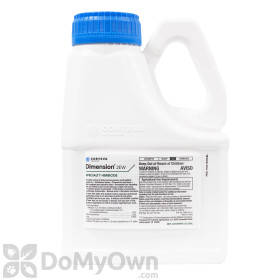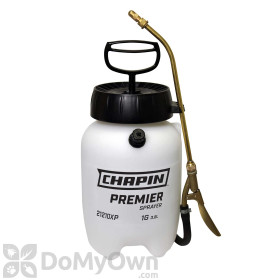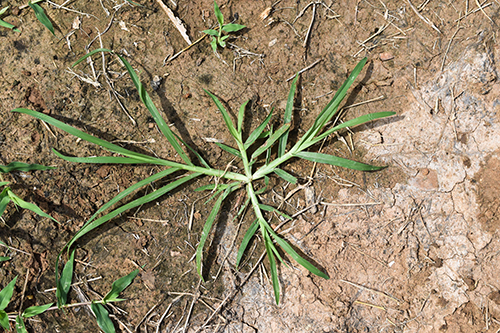
Goosegrass, also known as Indian Goosegrass, yard-grass, silver crabgrass, and crowfootgrass, is a weed that grows in the late spring and early summer in turf across the country.
Often confused with crabgrass, goosegrass is a clump or bunch weed that has a silver center with dark green leaves growing from the center. Seeds at the end of the leaves resemble zippers and four petaled white flowers grow in late summer and early fall.
Because of its late germination, many pre-emergent herbicide applications miss goosegrass, allowing the weed to grow as if the yard was not treated.
If you have goosegrass in your turf, read below to learn how to get rid of this invasive weed.
Apply a Selective Post-Emergent Herbicide
By the time you see goosegrass in your yard, it is too late to apply a pre-emergent herbicide. Instead, select a selective post-emergent herbicide labeled to control goosegrass in the area where you are treating. Some herbicides may only be labeled to treat goosegrass in landscaped areas of your yard, while others can be used to control goosegrass in lawn and turf areas.
Mix the herbicide with water in a hand pump sprayer according to the instructions on the product label, then spray your weeds. Within a week of your herbicide application, you will see the weed begin to shrivel and die. You may need to spray more than once for total goosegrass weed control.
Be sure to wear gloves, long sleeves, pants, and closed-toe shoes as you make your herbicide application. Wait until the product has dried (about 1 hour) before allowing pets and children back into the area.
Pro Tip
If you are treating for goosegrass in your lawn, select an herbicide that is labeled for labeled for use in your grass type to minimize the amount of damage to the desirable turf surrounding the weed. Using an herbicide that is not labeled for your turf type may result in unwanted turf damage.
Products needed for Step 1
Spot Treat Weeds

A non-selective post-emergent herbicide can also be used on the goosegrass. Spray only the weeds that you see, not the entire yard. Keep in mind, non-selective herbicides will affect whatever they are applied to and may damage the turf surrounding the weeds.
Products needed for Step 2
Pull Weeds By Hand
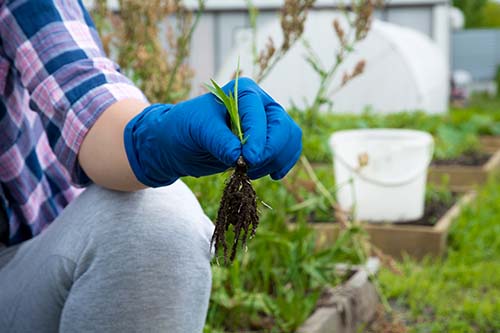
If you see goosegrass weeds begin to grow in your lawn, you can pull the weed by hand or by using a small trowel. It is easiest to remove the weeds when the soil is damp, such as after rain.
Be sure to remove the goose grass roots as well as the leaves and stems to prevent the weed from growing again. Dispose of any pulled weeds in a lawn bag, any weeds left on turf may root, or their seeds may spread, growing new weeds.
Use a Pre-Emergent Herbicide
Before weeds appear in your yard, apply a pre-emergent herbicide. This treatment will prevent goosegrass and other weeds from growing in your lawn.
Goosegrass germinates later than most weeds and can miss the window of one pre-emergent treatment. To make your pre-emergent effective against goosegrass, split your applications in two, applying once in the early spring and once in the late spring.
Read our guide on spring pre-emergents for more in-depth treatment steps and product recommendations.
Products needed for Step 4
After you have removed goosegrass from your lawn, learn how you can prevent future infestations in our How to Stop Goosegrass guide. Click the right arrow below to read more.











